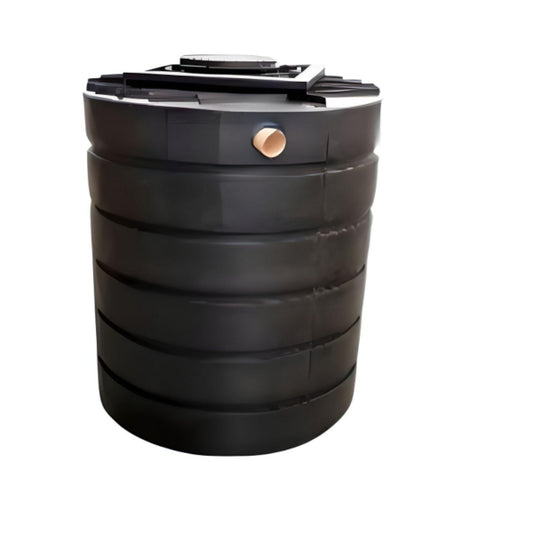If you are familiar with the function of commercial kitchens, chances are you’ve probably heard of a grease trap or grease separator. Whilst these units share similarities, they also offer distinct differences. This article aims to portray the individual functions of both units and delve into the key differences between them.
Contents
What are grease traps?
Grease traps are typically small in size and are installed beneath a sink or in the ground outside of the establishment. The wastewater produced from kitchens flows into the device so it can trap the unwanted fats, oils and grease (F.O.G’s). Inside the grease trap, F.O.G’s will begin to separate from water due to change in density. The F.O.G will float to the top whilst the clearer water exits through an outlet pipe. Once a significant amount of F.O.G’s have formed, the grease trap will require an emptying in order to achieve optimal functionality.
What are grease separators?
Grease separators are known to be much larger and more complex than grease traps. Larger commercial kitchens and food processing facilities benefit the most from having a larger unit due to handling larger volumes of disposed wastewater. The separating process consists of multiple chambers that the wastewater must travel through. This produces a more effective process.
Why use a grease trap or separator?
Both grease traps and grease separators play a crucial role in preventing F.O.G’s from causing problems in sewage systems. Grease, oils and fats that are disposed of in kitchen sinks can solidify and accumulate over time. This can result in blockages in drainage and plumbing systems, which can require costly repairs. Some buildups of F.O.G’s can develop to be so severe, they are recognised as ‘fatbergs’. Fatbergs are extreme buildups of F.O.G’s that form at the rough spots within sewer systems. The older the sewer systems the more likely fatbergs are to form due to likelihood of imperfections in pipes. The installation of a grease trap or separator will avoid any environmental damage, maintain plumbing systems and improve efficiency with catering establishments.
What is the difference between a grease trap and grease separator?
Despite the fact these systems offer very similar solutions, these two devices have a few key differences that are important to note.
- Size: A grease separator is larger than a grease trap. Grease traps are usually small enough to fit under a kitchen sink, whereas separators are significantly larger.
- Installation: Grease traps are suitable for under kitchen sinks, while separators should be installed outside, under concrete.
- Flow: Separators can handle flow rates over 50 gallons per minute, hence why they suit larger catering establishments that produce a higher volume of waste. Grease traps can only manage 10 to 50 gallons per minute.
- Maintenance: Because of how large grease separators are they only require maintenance every few weeks or months. Grease traps should be maintained more often, sometimes even daily.
The difference between grease traps and grease separators may not seem major, but installing the correct device for your commercial kitchen will make all the difference. At Cotterill Civils, we supply a vast range of both grease traps and grease separators. These include models from leading manufacturers such as Klargester and Oaklands Environmental. Our team of experts can provide advice and guidance as to which tank will be best for your individual requirements.
Call our team today on 0121 351 3230 for more information.
Alternatively, fill out our enquiry form:













